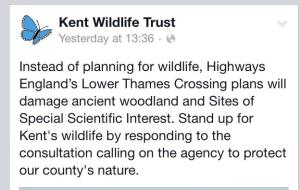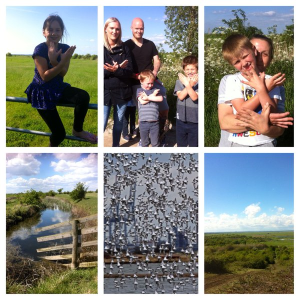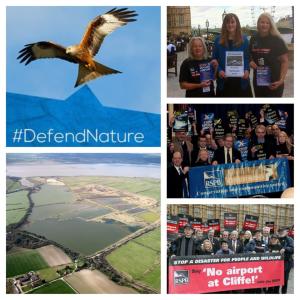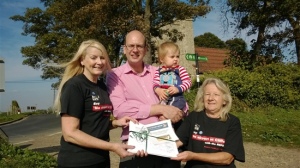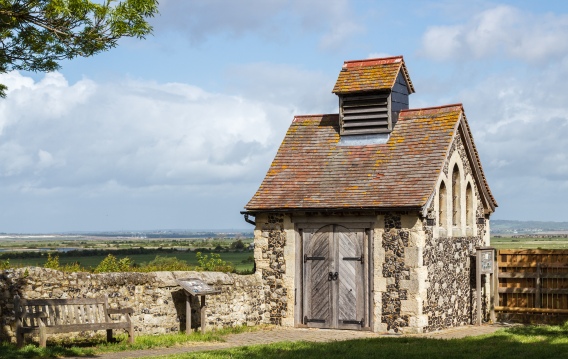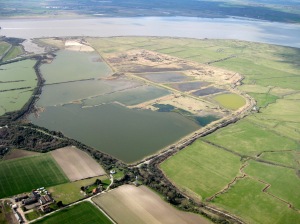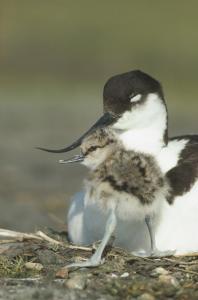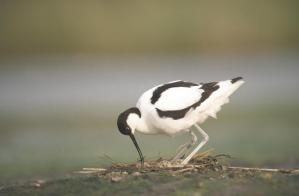#SaveLodgeHill
STOP STOP PRESS!! Consultation date extended again… now ends on 18th April
STOP PRESS! Consultation date extended – now ends on 10th April
Our most iconic songbird is under threat at a key site and needs your help now. If we don’t act, the UK’s number one location for nightingales – Lodge Hill on the Hoo Peninsula in Medway, Kent, could disappear under thousands of houses.
Inclusion of Lodge Hill in Medway’s housing plans threatens important wildlife habitats across the country. An alliance of national and local conservation groups, including the RSPB and Kent Wildlife Trust, is campaigning to save the best site for nightingales in the UK ̶ Lodge Hill, Medway ̶ from being allocated for new housing developments.
The draft plans unveiled by Medway Council on 16 January 2017 would help pave the way for at least 3000 new houses to be built on the Site of Special Scientific Interest at Lodge Hill. The plans threaten protected habitat the size of 200 football pitches, and would set a dangerous precedent for England’s other wildlife sites.
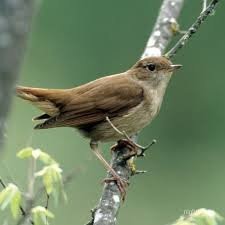
The much-loved nightingale, famed for its rich song, has declined nationally by 90% in the last 50 years; Lodge Hill is one of its last strongholds in the UK. This week’s proposal by Medway Council to allocate land at Lodge Hill within its draft Local Plan for the building of at least 3000 new houses flies in the face of national planning rules for protected wildlife sites. It would help pave the way for one of the largest ever losses of such a site in Britain, with 144 hectares wholly destroyed, about the same as 200 football pitches, plus wider indirect effects. Lodge Hill in Kent is recognised as one of the last strongholds for nightingales in the UK.
The national population has declined by 90% in the last 50 years, with numbers still falling. The decline is so alarming that the nightingale is now listed among our most threatened birds. The site includes ancient woodland with grasslands which are home to mammals, reptiles, amphibians, rare insects and flowers as well as nightingales. The importance of Lodge Hill is so great that in 2013 the Government declared it a Site of Special Scientific Interest (SSSI) for its nightingales, ancient woodland and grasslands. SSSIs are designated precisely because they are the best places for wildlife in the UK, safeguarding them as a home for wildlife for future generations.

Alan Johnson, South East Conservation Manager for the RSPB, said: “Nightingales fly thousands of miles from Africa every year to spend the summer at Lodge Hill, where they sing their powerful song and raise their young. It is deeply concerning that one of the few places where they are thriving could be lost this way, and equally worrying is what this would mean for other sites that are meant to be protected. We are making sure people are aware that this is their chance to have their say.”
Greg Hitchcock, Conservation Officer for Kent Wildlife Trust added: “Despite stating in the consultation document that such sites will be given a high level of protection from development, none of the four options presented to the people of Medway exclude a new town on Lodge Hill. Medway Council should be standing alongside the many conservation organisations to protect Medway’s environment, not help destroy it.”
Gill Moore of the Friends of the North Kent Marshes said, “Medway Council’s Vision says that they want the area to be noted for its stunning natural assets. Lodge Hill is exactly that – it is a Site of Special Scientific Interest, which are the nation’s best places for wildlife. We were able to fight Cliffe airport and the Thames Estuary Airport because they would destroy protected wildlife sites, and so we need Medway Council to do everything they can to save and celebrate Lodge Hill. If it is built on, it will set a dangerous precedent for protected places everywhere.”
There are only just over 4,000 SSSIs in England, and Lodge Hill is the only one designated primarily for nightingales. It also supports several badger families, several species of bat and many bat roosts, an exceptional population of reptiles, and many other bird species – including three species of owl. Surveys are still being undertaken, and with each one we discover that the value of this site for wildlife is even greater than we previously knew. Theoretically, under National Planning Policy, a SSSI can only be developed if all other options for potential development have first been exhausted, and then if mitigation or comprehensive compensation is put in place. These steps at present have not been followed.
The #SaveLodgeHill campaign has brought together a partnership including the RSPB, Kent Wildlife Trust, Buglife, Butterfly Conservation, Friends of the North Kent Marshes, Medway Countryside Forum and The Woodland Trust. Medway Council’s public consultation into their draft Local Plan Development Options lasts from 16 January to 6 March 2017.
HOW YOU CAN HELP
There are a number of ways to help and to let the Council know that destroying the home of the nightingales – and in doing so weakening the protection of wildlife sites everywhere – is not acceptable.
The key action to opposing allocation of Lodge Hill for housing is taking part in Medway Council’s consultation. It started on 16th January and will end at 5pm on 6th March 2017. This is your chance to have your say, and you can take part either online or by writing to the council. RSPB have created an online action which will send an automatic email to the council on your behalf and will only take a couple of minutes to fill out
For more information, to complete the e-action or write a personal email/letter please click on the RSPB campaign link below
You have until the 6th March to have your say.
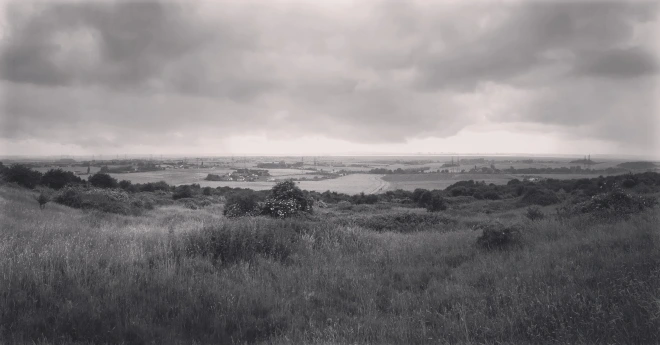 On the 16th & 17th June 2016 I joined a group organised by the charity ‘People Need Nature‘ to visit Lodge Hill, Kent.
On the 16th & 17th June 2016 I joined a group organised by the charity ‘People Need Nature‘ to visit Lodge Hill, Kent.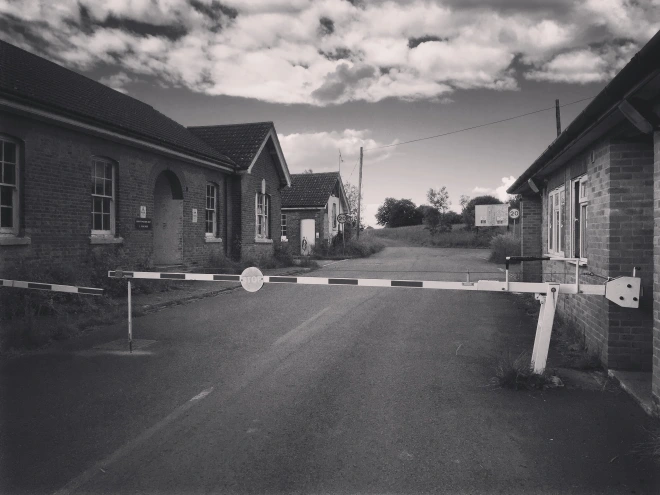 Our group was made up of Naturalists, Scientists, ecologists, writers, poets, visual artists, musicians, and often a mixture of the above. These are all fairly meaningless titles through as what we really were was curious and keen to gain access to this endangered and abandoned ex-military base.
Our group was made up of Naturalists, Scientists, ecologists, writers, poets, visual artists, musicians, and often a mixture of the above. These are all fairly meaningless titles through as what we really were was curious and keen to gain access to this endangered and abandoned ex-military base. As Miles King, who arranged the visit explained “Access to Lodge Hill is restricted, partly because of its history as a place where the army trained bomb disposal experts (some of the ordnance is still there) and partly because it is still being used for training (the Police were training there on one day we visited). So we were fortunate to gain access; thanks to the Defense Infrastructure Organization for…
As Miles King, who arranged the visit explained “Access to Lodge Hill is restricted, partly because of its history as a place where the army trained bomb disposal experts (some of the ordnance is still there) and partly because it is still being used for training (the Police were training there on one day we visited). So we were fortunate to gain access; thanks to the Defense Infrastructure Organization for…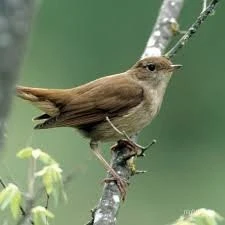


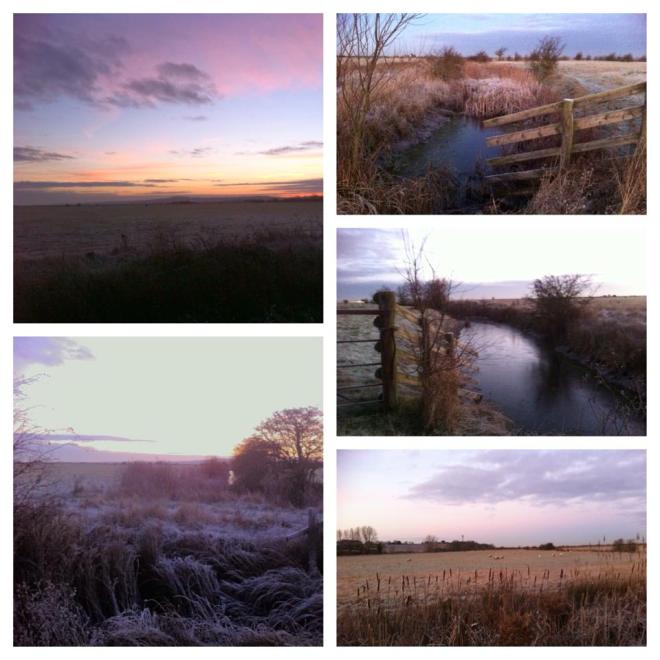 Ours is the sunlight – ours is the morning – ours is the marsh country down by the river
Ours is the sunlight – ours is the morning – ours is the marsh country down by the river 